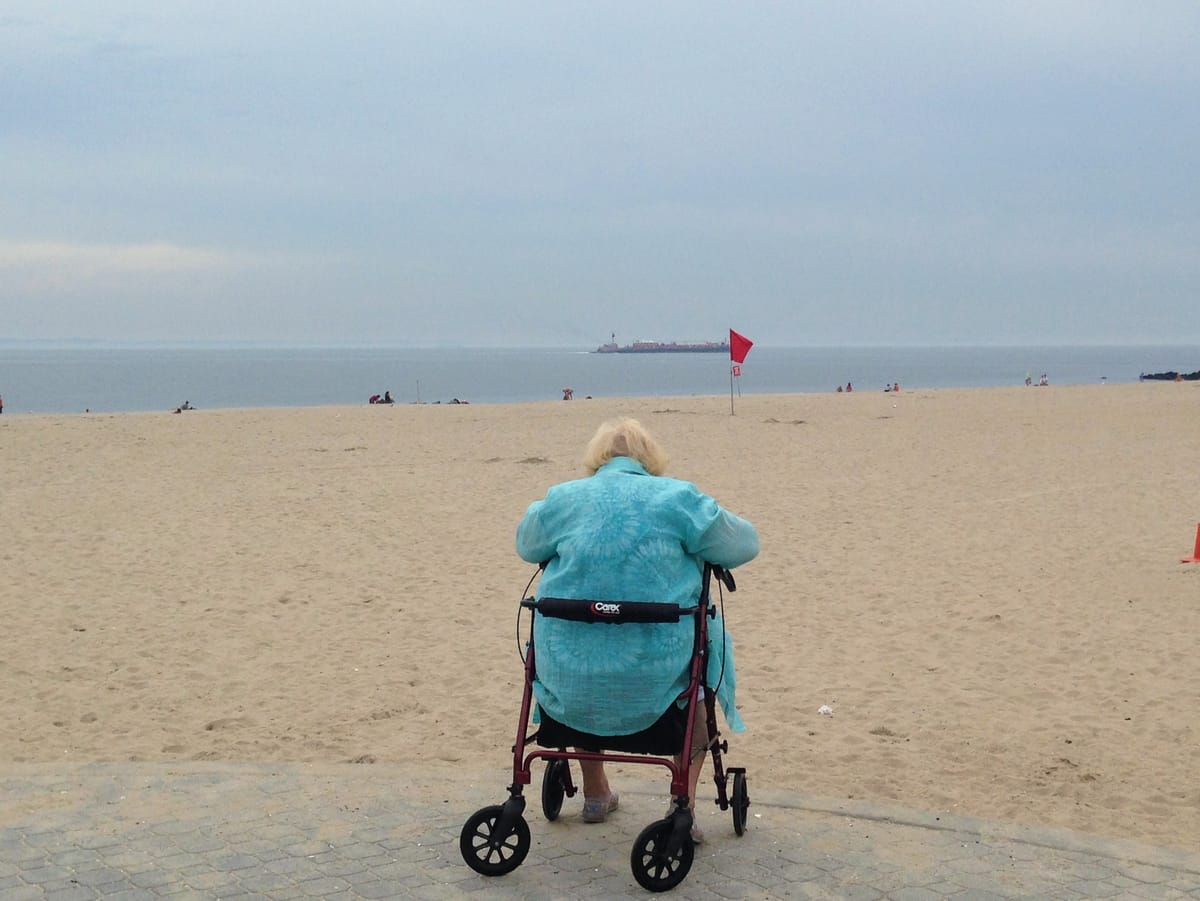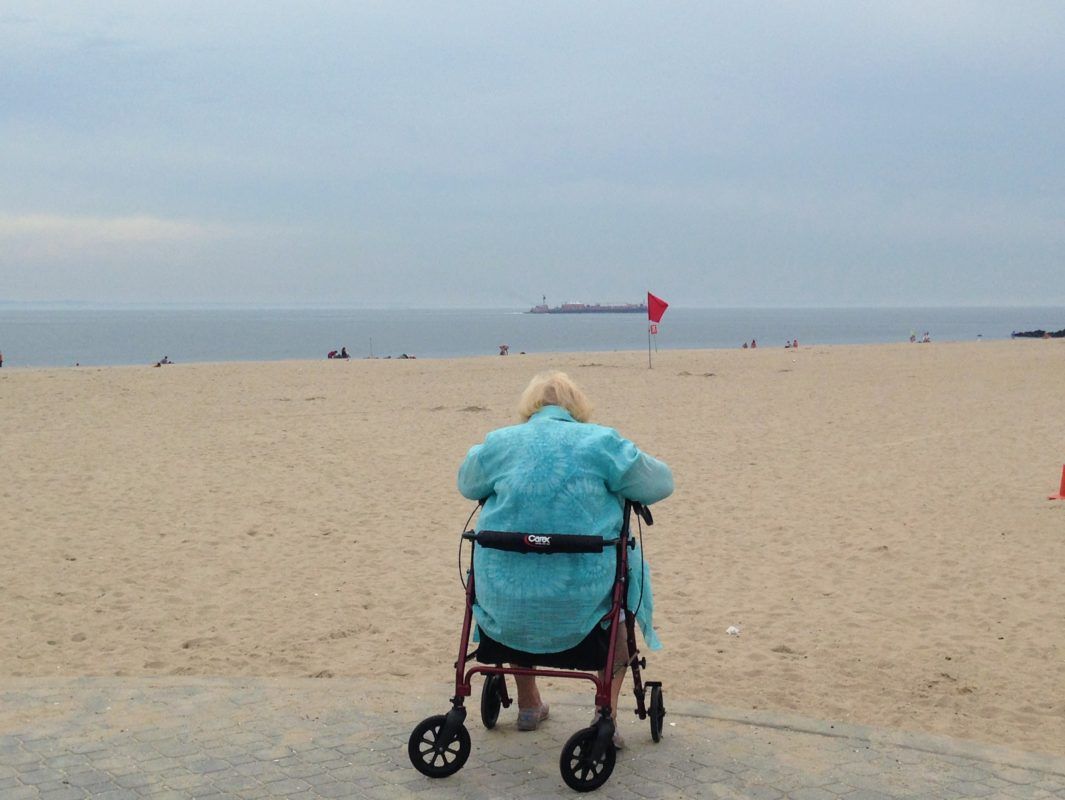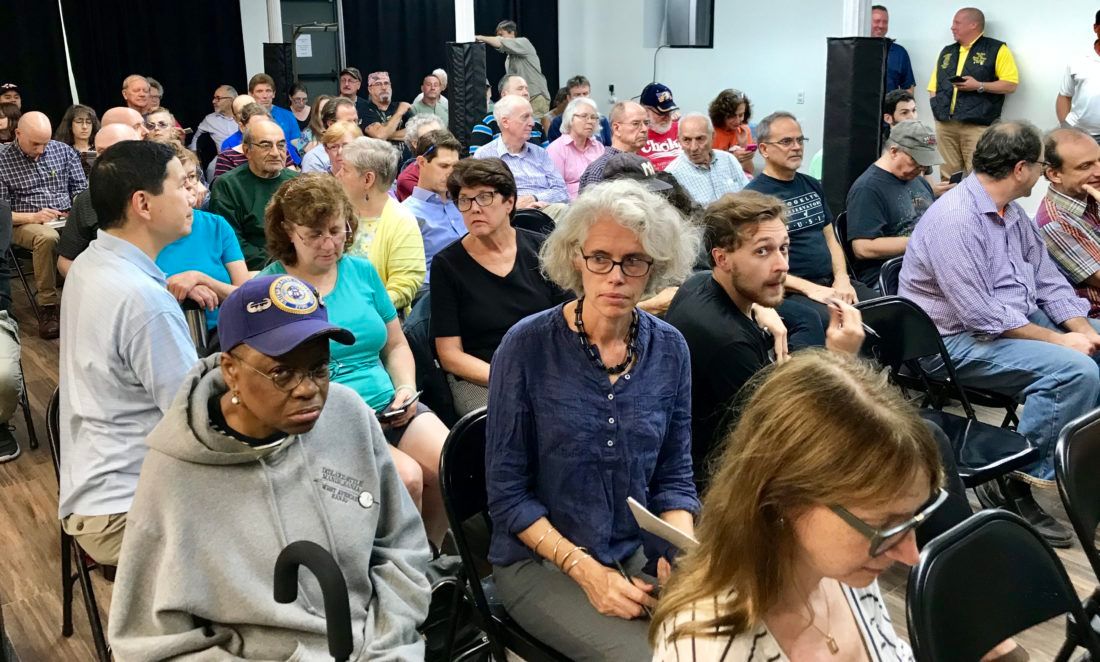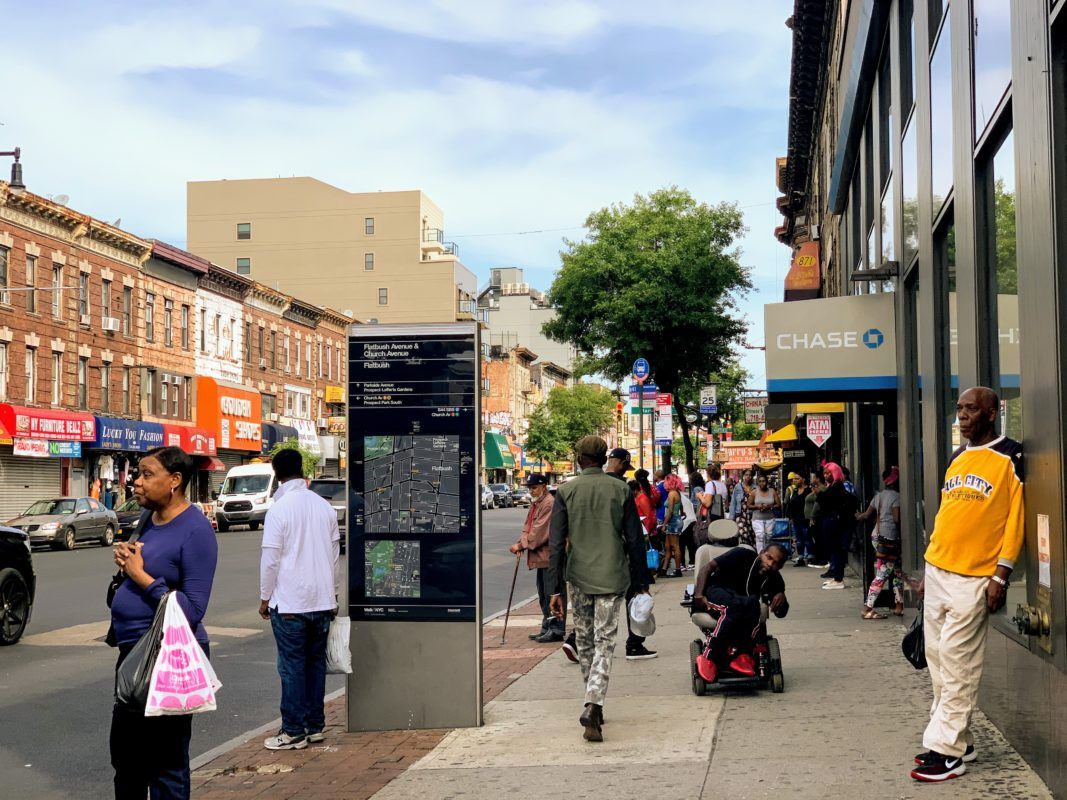Naturally Occurring Retirement Communities Are Only Partial Solution to Anxiety Of Growing Old In Brooklyn


Will Brooklyn’s growing senior population age with the dignity they deserve? Skyrocketing rents and other costs of living create challenges for elderly residents on fixed incomes.
In June, Pastor David K. Brawley of St. Paul Community Baptist Church in East New York gave voice to an estimated 1,400 angry protesters. They rallied outside Gracie Mansion to demand that Mayor Bill de Blasio keep a commitment he made last year to spend $500 million to build up to a thousand affordable apartments for low-income senior citizens.
“Bill de Blasio, you have betrayed the seniors of New York City,” Brawley said from the podium outside the mayor’s residence. “You ran on a platform to close the gap between the tale of two cities, and since you have been mayor it has only gotten exponentially worse. You have betrayed black and brown people, you have betrayed the working poor, you have betrayed our people.”
The protest illustrates the anxiety of the city’s senior citizen population. State and city governments have taken steps to help them manage the challenges. But are those efforts enough?
Brooklyn has the largest population of senior citizens, according to a 2017 New York City Comptroller’s report.

Between 2005 and 2015 the city’s population of residents over age 65 increased from 11.9 percent to 13.2 percent. Brooklyn’s seniors accounted for 351,609 of the citywide 1.1 million elderly residents in 2015. Brooklyn Community District 13 (Brighton Beach and Coney Island) has one of the city’s highest concentration of seniors at 20 percent of the community’s residents.
One of the solutions has been to create Naturally Occurring Retirement Communities (NORC). It is a designation for residential dwellings or areas that have a high concentration of residents who have become seniors while living there.
NORCs, which were first established in 1994, come in two varieties: a housing development or neighborhood.
An apartment building or housing complex, constructed with government assistance, can receive the NORC designation under certain conditions, according to the New York State Office for the Aging. Among the requirements, 50 percent of the units must have an elderly occupant and the complex cannot restrict admission to only older people.
Neighborhood NORCs (NNORC) are comprised of a concentration of low-rise buildings (six stories or less) and single or multi-family homes that were not originally built for seniors. Up to 2,000 senior residents must live in at least 40 percent of the units.
The New York City Department for the Aging (DFTA) told Bklyner that there are 14 NORCS across Brooklyn, five of them funded by the agency: Bushwick Hyland NORC – 50 Humboldt Street; Coney Island Active Aging NORC – 2950 W. 35th Street; Trumps United NORC – 2915 W. Fifth Street; Warbasse Cares NORC – 2844 Ocean Parkway; and Spring Creek NORC -160 Schroeders Avenue.
NORC neighborhoods that are funded by the state and City Council include Lindsay Park and Bay Ridge.

DFTA, New York City Council and New York State Office for the Aging fund a range of supportive service programs at NORCs, such as health and wellness activities, assistance with benefits and entitlements, and recreational activities.
Services are provided through organizations like the Jewish Association Serving the Aging (JASA).
“I am a big fan of the NORC model,” JASA Senior Director of NORC Supportive Services Alla Pliss told Bklyner.
She added that the organization’s main goal is to keep seniors in their house or apartment, in an environment where they’re comfortable.
JASA provides a range of services at NORCs throughout the city, including several in Brooklyn such as Bushwick Hyland and Coney Island Active Aging NORCs. Offering social services and coordinating nursing care are at the core of what JASA and similar agencies provide.
However, there are gaps in essential services, these agencies say. Pliss pointed to insufficient services to seniors in the areas of mental health, affordable housing, support to primary caregivers and legal services, such as helping clients to understand a living will.
When asked, Pliss said local lawmakers are instrumental.
“We have a good relationship with City Council members. They understand the needs in their communities and are great advocates for the services,” she stated.
That was apparently the case in the Bedford Stuyvesant and Northern Crown Heights area, which recently became one of Brooklyn’s age-friendly neighborhoods, City Council Member Robert E. Cornegy Jr., who represents District 36, announced in August.
“In the face of increasing fraud schemes, gentrification, and the lingering effects of the financial crisis, NORC designation provides seniors with the opportunity to age in place with government funding for supportive services,” he said, referring to the wave of illegal property seizures in Central Brooklyn.
Another of the city’s initiatives include the “Age-Friendly NYC” program that began in 2010, which has focused on things like giving pedestrians more time to cross the street at certain intersections throughout the city.
However, it’s unclear how the City Council intends to help seniors who don’t live in NORCs. Bklyner reached out to City Council Member Margaret Chin, chair of the Committee on Aging, for comments. However, she did not respond before going to press. It’s also unclear how city officials will fix the affordable housing problem for its growing population of senior citizens.




